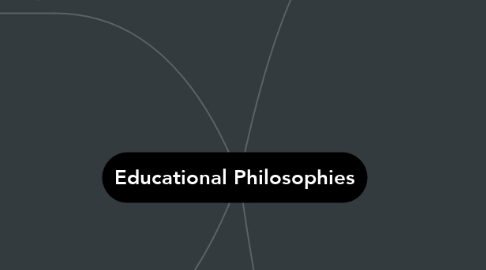
1. Technology Theories
1.1. SCOT
1.1.1. technology does not determine human action, but that rather, human action shapes technology
1.1.2. the ways a technology is used cannot be understood without understanding its social context
1.1.3. SCOT is a response to technological determinism and is sometimes known as technological constructivism
1.1.4. to understand the reasons for acceptance or rejection of a technology one should look to the social structure/context
1.2. Media Ecology
1.2.1. the idea that technology and techniques, modes of information and codes of communication play a leading role in human affairs
1.2.2. is the study of media environments,
1.2.3. the interactions of communications media, technology, technique, and processes with human feeling, thought, value, and behavio
1.2.4. An environment is, after all, a complex message system which imposes on human beings certain ways of thinking, feeling, and behaving.
1.2.5. It tries to find out what roles media force us to play, how media structure what we are seeing, why media make us feel and act as we do.
2. TPAC
2.1. According to TPAC,there are 3 types of knowledge teachers must have:
2.1.1. Content Knowledge
2.1.2. Technology Knowledge
2.1.3. Pedagogical Knowlege
2.2. TPAC wants teachers to embrace all 3 types of knowledge, and incorporate them all in the way they teach
2.3. While not all teachers naturally have the skill to blend all three types of knowledge in their teaching style, it is a skill that can be practiced and improved
3. Learning Theories
3.1. Connectivism
3.1.1. Very new philosophy, which has emerged since 2006
3.1.2. The learning theory for the "digital age"
3.1.3. Learning is achieved through creating networks and connections
3.1.4. Espouses the idea that the capacity to learn is often more important than what is known at any time. (If you know where to find information, that is often times better than knowing it in the first place
3.1.5. Knowledge can be found in non-human locales, such as databases or online communities
3.1.6. Diversity of opinions is important to learning
3.1.7. Information obtained should be current and relevant
3.1.8. Learning is active and engaging, student-driven where the instructor is merely a facilitator
3.2. Cognitive Load
3.2.1. Explains memory in three types: short-term, working, and long-term (schemas)
3.2.2. Our brains can only retain so much information; the limit is generally 7 unconnected ideas
3.2.3. Long-term memory is virtually unlimited
3.2.4. "Overloading" occurs when too much information is presented too quickly (too much going on at once)
3.2.5. Well developed schemas come with repeated effort and effective practice.
3.2.6. Three types of cognitive loads:
3.2.6.1. Extraneous :
3.2.6.2. Germane
3.2.6.3. Intrinsic
3.3. Constructivism
3.3.1. Relates not only to education, but also to branches of psychology, philosophy, and sociology
3.3.2. Each new item learned is building upon foundations of previous learning; it is constructed
3.3.3. Learning is not passive; each thing learned has to be put in its proper place, not just heard per se
3.3.4. If what is being understood is different than their previous knowledge, their understanding can change to accommodate this new experience.
3.3.5. Affirms the idea that learning is authentic and challenging
3.3.6. Learners assume responsibility for their own learning, and guide their own pace
3.3.7. Collaboration is unique because each person brings a specific perspective, or knowledge base, which may clash with another's. These situations allow learners to negotiate and find common understandings.
